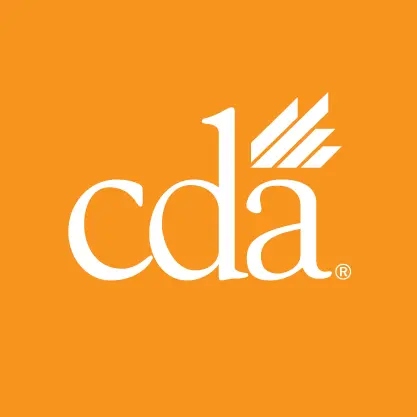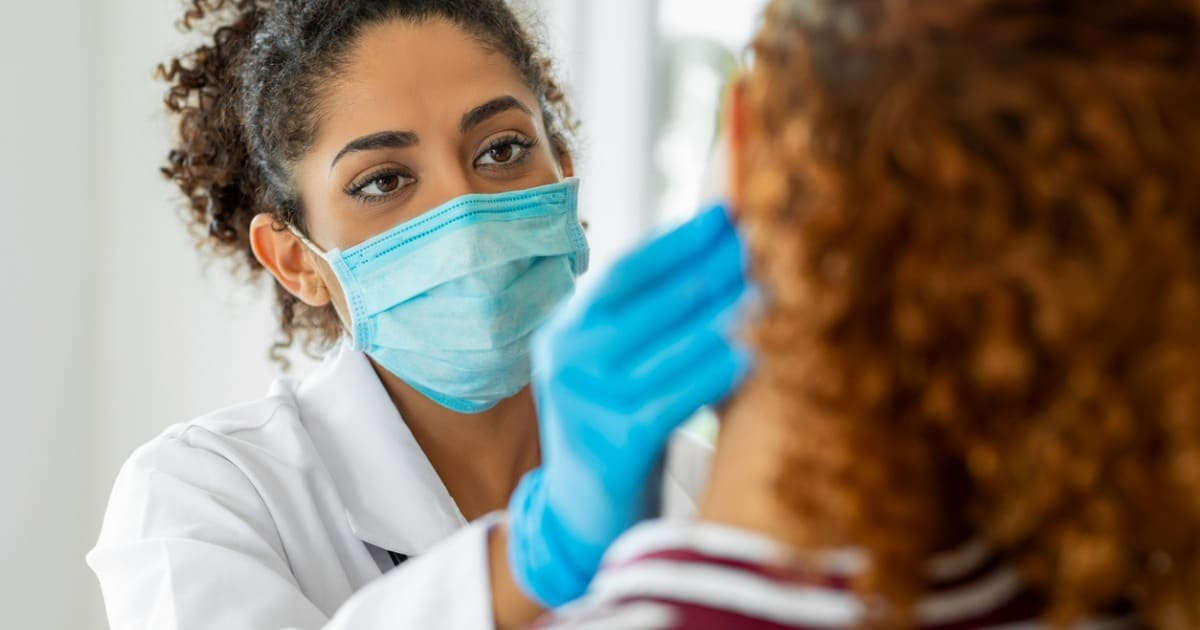Aug. 23, 2022: Article updated to reflect the current number and locations of cases. For ongoing case updates, visit the CDPH webpage on mpox.
Although the California Department of Public Health states that “the risk of mpox to the public is currently very low based on the information available,” cases of the viral disease, which can spread through respiratory droplets at close range, are increasing in California.
As of Aug. 18, CDPH reports 2,660 confirmed and probable cases. Most of those cases are in Los Angeles and San Francisco, but cases have been reported in 36 counties total. Insufficient testing may mean cases are underreported, and communities are experiencing a shortage of the FDA-approved mpox vaccine.
Rash may appear first on face with intraoral lesions
The Centers for Disease Control and Prevention in a July 12 situation summary urged health care providers in the U.S. to “be alert for patients who have rash illnesses consistent with mpox, regardless of whether they have travel or specific risk factors for mpox and regardless of gender or sexual orientation.”
The painful, deep-seated rash typically appears first on the face with possible intraoral lesions before spreading to other parts of the body.
Lymphadenopathy, fever, headache, exhaustion and muscle aches are common early symptoms appearing before the lesions develop, but many cases are now presenting without the early flu-like symptoms and with only the lesions appearing in specific areas of the body.
Dentists can help to reduce the virus’s spread
The risk of mpox transmission in dental practices is low, but as health care providers, dentists and dental teams can take steps now to minimize the virus’s spread by:
- Being aware that mpox can be spread by respiratory droplets at close range and through face-to-face contact.
- Staying informed about cases in their community, including through their local public health department.
- Screening patients and employees appropriately.
- Wearing the required PPE.
See the CDPH webpage for updates on the current status of mpox in California plus information on symptoms, transmission, prevention and how to distinguish mpox from COVID-19. Also available is a mpox communications toolkit with fact sheets and social media messages dentists can use in their practice and social media pages.

